JAIPUR
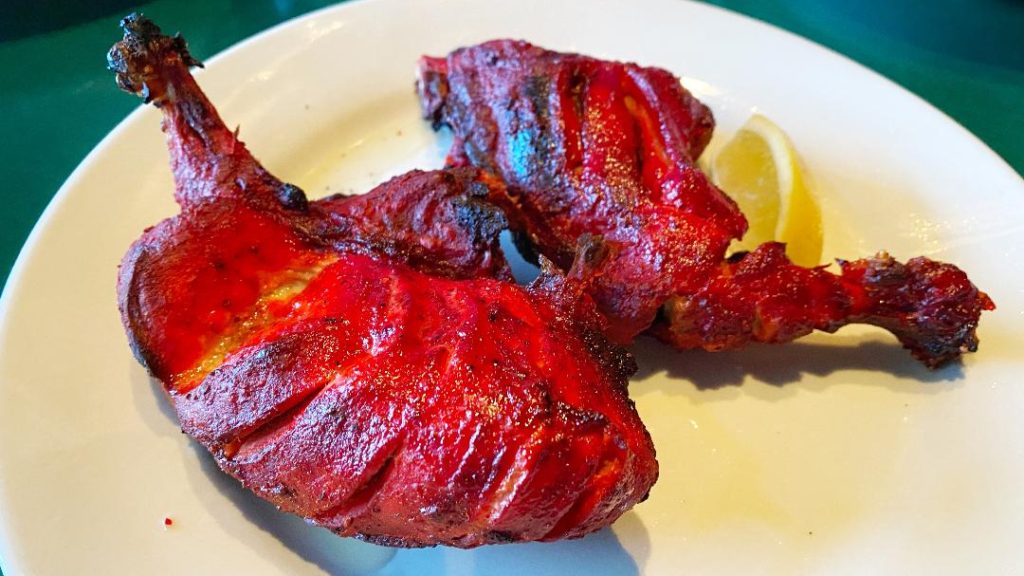
Hoppen Hierarchy:★★⭑
District: Southwest Omaha; Dundee
North Indian Cuisine
Perfect For: Upscale Dining; Date Night; Drinks
Standout Dishes: Lamb Bhuna; Lamb Madras
When Jaipur joined the Omaha dining scene in 1992, the landscape was much different. The city was unfamiliar with Indian cuisine, and Jaipur was the first foray many Omahans made into this style of cooking.
But now there are more than 30 Indian restaurants in Omaha, with newcomers like Kinaara and Saffron Urban Indian Kitchen dazzling with flavors and modern cooking techniques. Does Jaipur still have a place in the scene?
While it may no longer be Omaha’s premier destination for Indian food, Jaipur’s combination of nostalgia and fusion dishes ensure it still has a role to play.
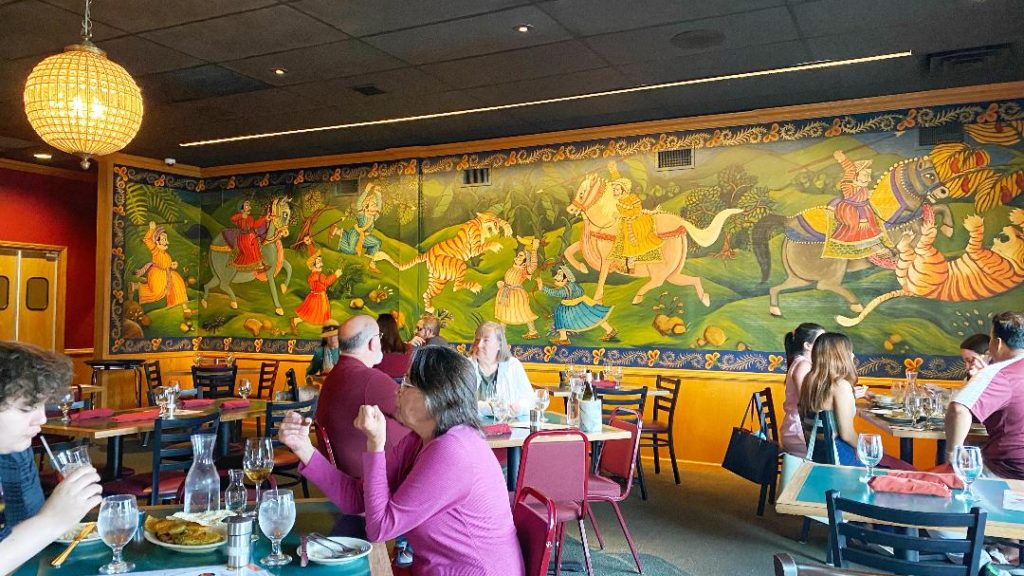
The restaurant is still immensely popular, as it added a location in Dundee in 2022 to go along with the original Rockbrook location. But its dishes just don’t pack the same vibrant punch or variety of indescribable flavors some of the newcomers have brought to the scene.
Part of that was by necessity. Owner Gyanendra Bhandari is a native of Nepal, but he knew the spices found in many Nepalese and Indian dishes would be too intense for the Midwestern palate when he took over Jaipur in 2004. So he tailored his menu toward North Indian cuisine, which is milder and favors curries and breads over the spicer, vegetarian-forward dishes of Southern India.
Jaipur also has a fusion section of the menu, offering dishes like blackened salmon and wraps. Jaipur is an excellent bridge to help newcomers unready to dive headfirst into Indian cuisine with a gentle introduction.
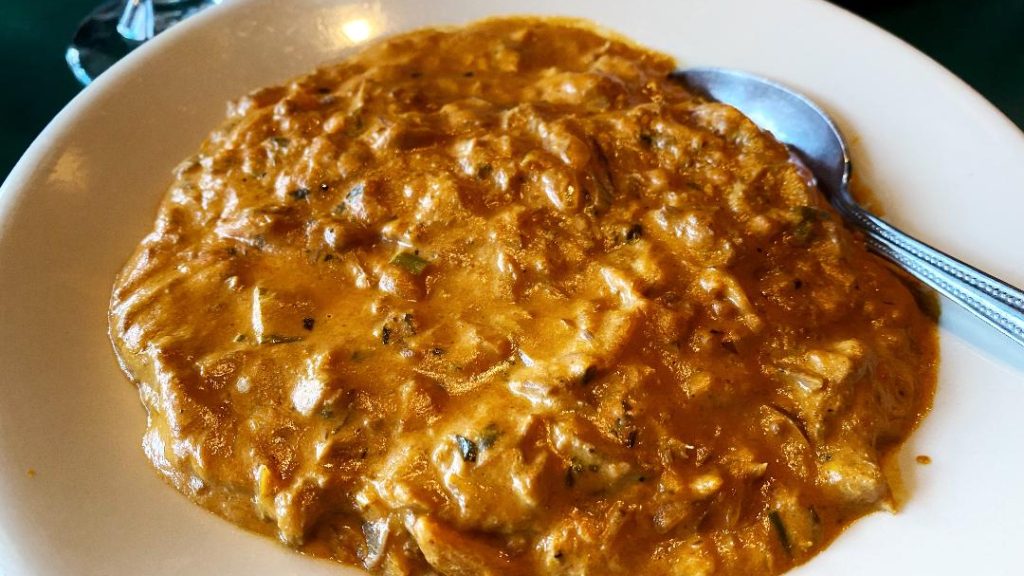
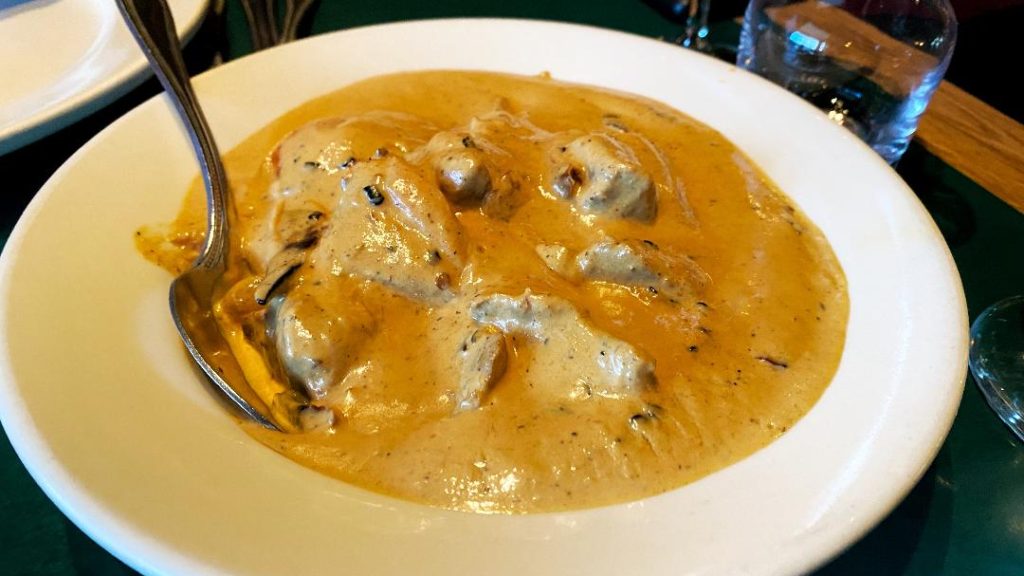
The menu is massive. With 8-10 items featuring lamb, chicken, seafood, and vegetables, not to mention 15 different breads and several appetizers, chefs specials, and tandoori entrees, selecting your meal is quite the task. What’s impressive is that each dish tastes much different from the last; no two heavily overlap flavors. That’s difficult to do with 30 items, much less more than 100.
For instance, the Lamb Bhuna and Lamb Madras employ the same protein but result in very different dishes. The Bhuna features a slightly sweet and luxuriously thick sauce (comprised of tomatoes, onions, and ginger) that clings to the small pieces of lamb, giving it an appearance similar to biscuits and gravy. The Lamb Madras, on the other hand, has large chunks of tender lamb swimming in a spicy, rich, tangy curry. Though both have are curry dishes with lamb and tomato-based sauces, they taste very different.
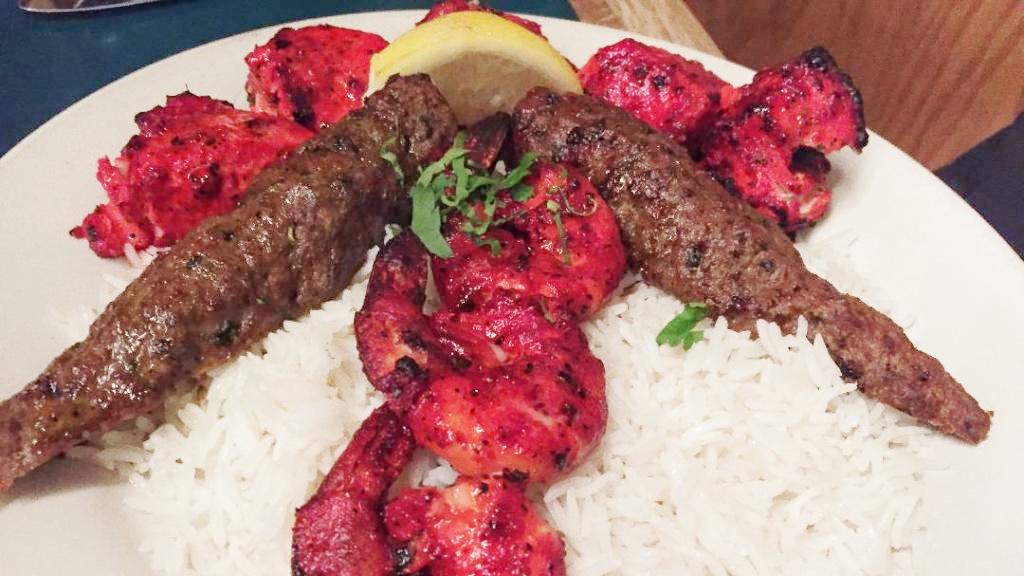
While both are tasty, they lack the punchy flavors that practically leap off the plate at other Indian restaurants in Omaha. This too is the case with the Tandoori Chicken (featured in the header photo), one of the most popular dishes in Indian cuisine.
The chicken, marinated in yogurt and spices before being cooked in the tandoor (a cylindrical, vertical clay pot designed to withstand extremely high temperatures) is moist and juicy, and the portion size is on point. It has a nice smokiness, but it’s missing the bold hits of spice and earthy notes that make this dish brilliant. The garam masala, ginger, garlic, paprika, and cayenne all feel toned down, and this version has no heat whatsoever.
It’s a good chicken dish, especially for those with a mild palate, but it’s not the tandoori chicken one might expect.
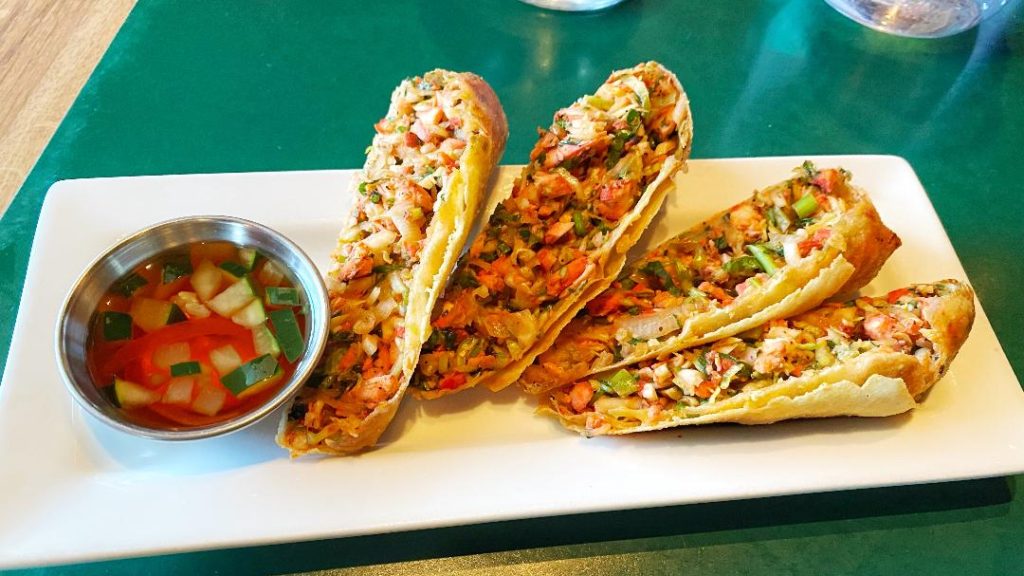
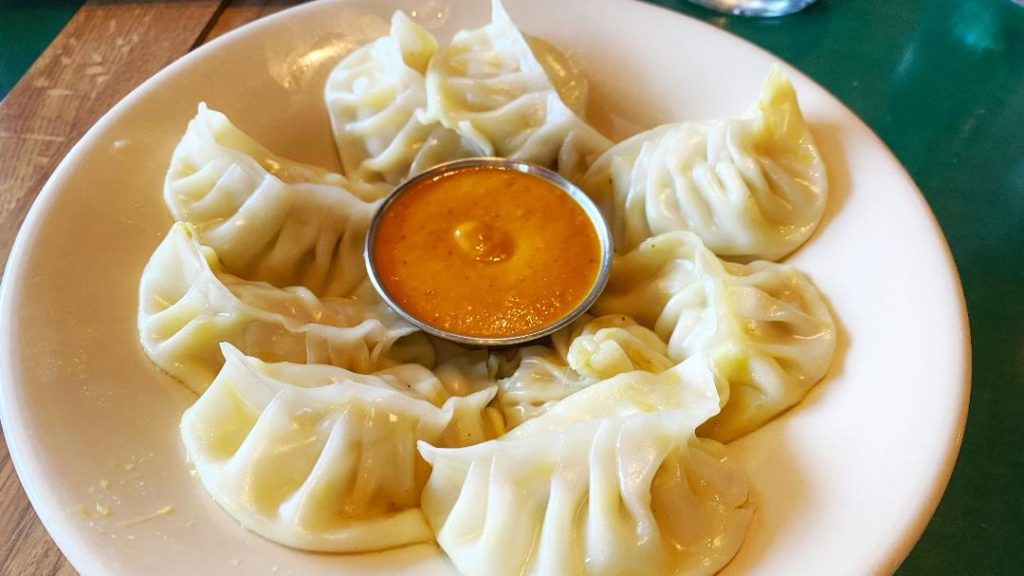
The chicken is better suited when allowed to play with other flavors, as it is in the Tandoori Chicken Spring Rolls. The tender poultry is accented by crisp vegetables and the fat and crunch from the deep fry, as well as some sweetness from the cucumber chutney.
Another appetizer, the Momo, fall into the same trap as many of Jaipur’s entrees; there’s just not enough flavor. The steamed dumplings are cooked properly, as the dough is tender and supple. But the mixture of ground chicken, vegetables, and spices is rather bland, even when paired with the provided tomato sesame chutney.
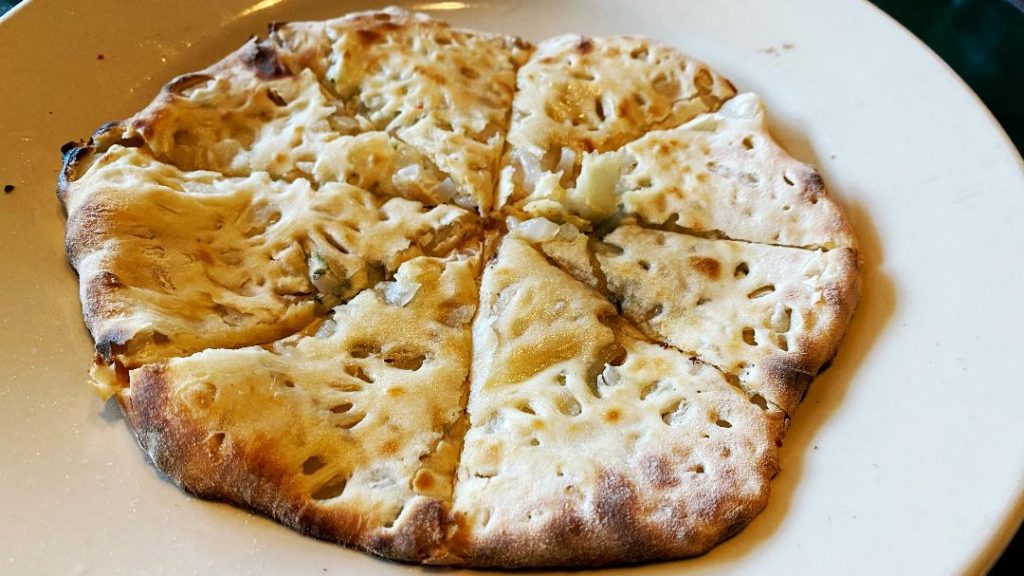
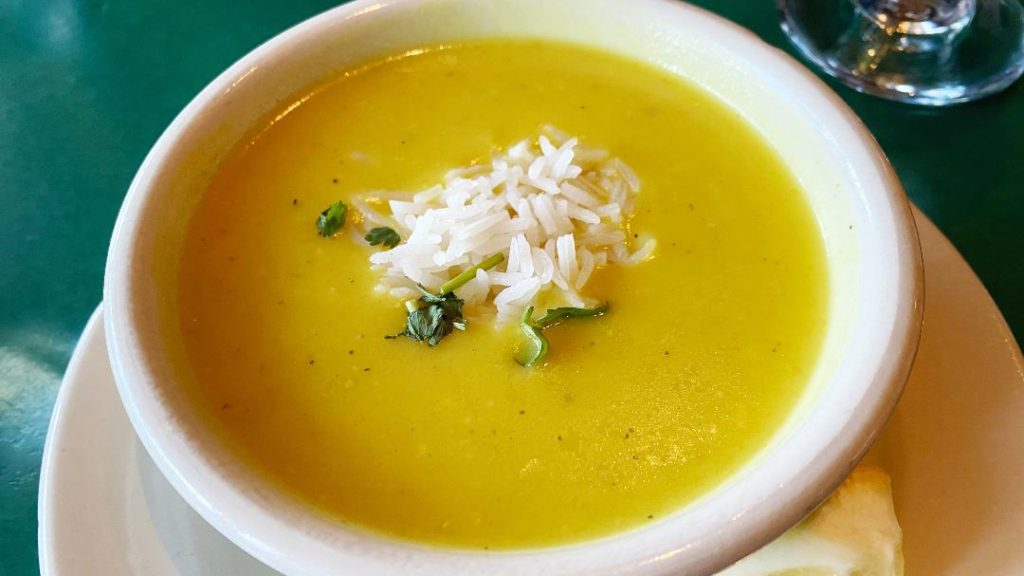
The creamy, lemony Mulligatawny Soup is a good way to start a meal, and the Onion Kulcha, a soft, leavened flatbread accented by bites of sweet onion, is just fine, especially when paired with the cool, tangy mint chutney.
But these, along with many of Jaipur’s dishes, miss many of the adjectives used to describe Indian cuisine: bold, vibrant, spice-forward. If measured by these adjectives on a 1-10 scale, Jaipur would hover around a 6.
There’s nothing wrong with that, and you can (as many Omahans can attest) have an excellent meal at Jaipur. It’s a good place to dip your toe into Indian cuisine. But when you’re fully ready to experience the vast array of vibrant, lively flavors this food has to offer, there are other restaurants that better provide that experience.
